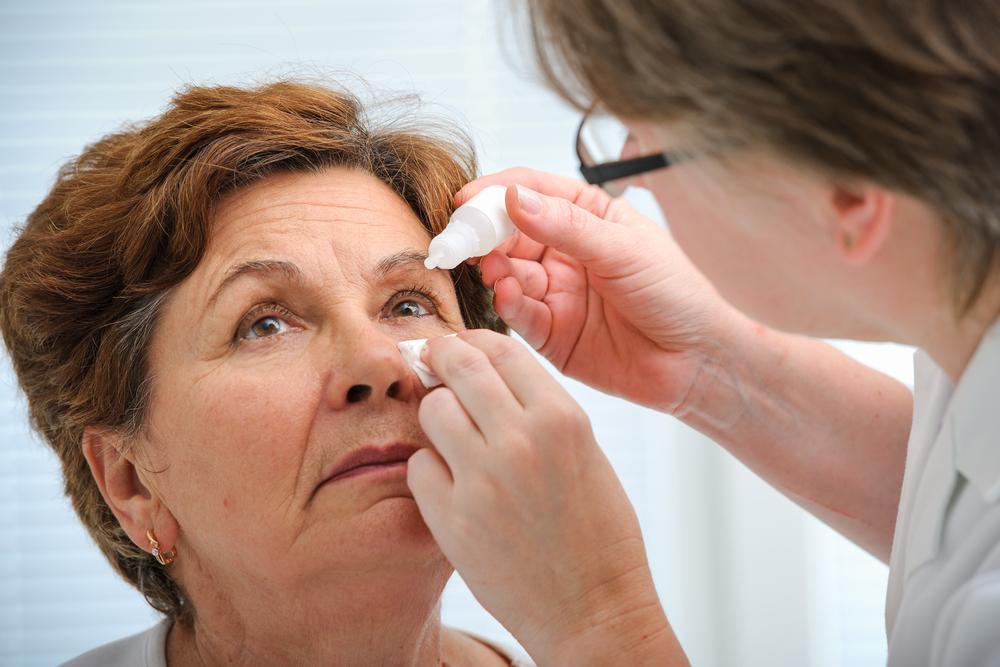Understanding Dry Eye Causes and Effective Management Options
Discover the key causes of dry eyes and explore effective treatment options like artificial tears, surgical procedures, and cyclosporine-based medications such as RESTASIS®. Learn how these approaches can restore eye comfort and improve vision. Proper management and consultation with eye care professionals are essential for optimal results.
Sponsored

The eyes are normally lubricated by tears composed of water, oils, mucus, and protective antibodies secreted by the lacrimal gland. These tears maintain eye hydration and shield against infections. When tear production declines, it results in dry eyes, leading to symptoms such as irritation, redness, blurry vision, and light sensitivity.
Factors Contributing to Dry Eyes
Environmental influences like air conditioning, sunlight, smoke, fumes, and dry air
Hormonal shifts in women
Age-related changes
Medical conditions such as diabetes and neurological disorders
Damage to the tear glands
Allergic reactions
Post-operative eye procedures like LASIK or cataract surgery
Autoimmune diseases including lupus or rheumatoid arthritis
Persistent eye inflammation
Prolonged contact lens wear
Vitamin deficiencies or excesses
Managing Dry Eyes
Treatment options include artificial tears and ointments, surgical interventions like punctal occlusion, non-dissolving punctal plugs, LipiFlow®, and medications such as cyclosporine. A common and well-known prescription is RESTASIS®, which contains cyclosporine to stimulate tear production.
RESTASIS® is used for chronic dry eyes caused by inflammation, helping the eyes produce more tears. It works by reducing the activity of T cells that suppress tear glands, thus restoring tear flow.
Note that results take time; it may take at least 90 days of consistent use to see full benefits. Users should avoid combining it with other eye drops unless advised by a healthcare professional and follow all prescribed precautions.
Potential Side Effects
Some patients may experience a mild burning sensation during initial use, which typically subsides. Serious side effects are uncommon, but consulting a specialist is recommended for personalized advice.






